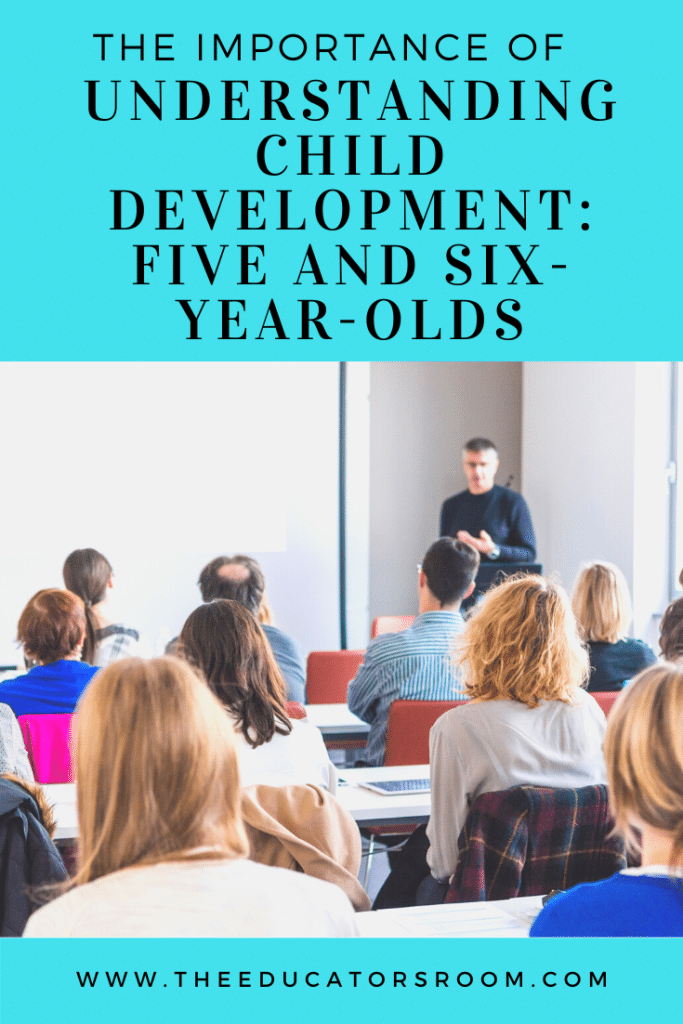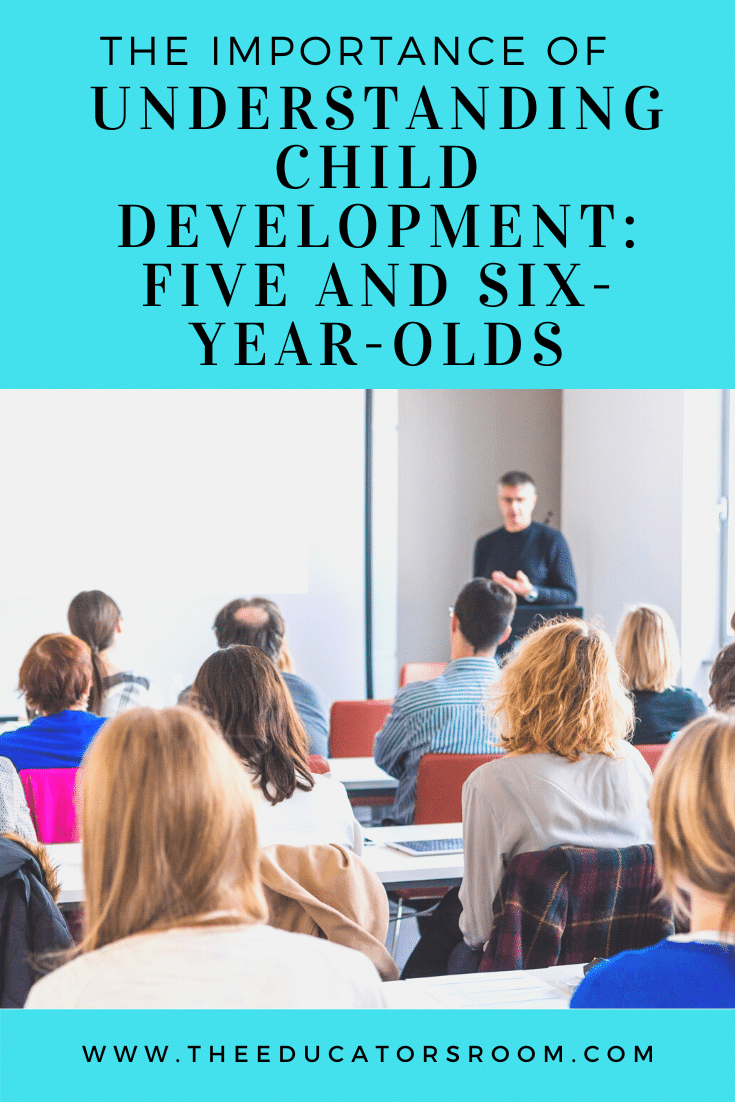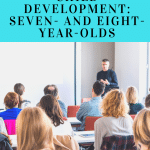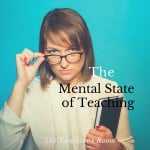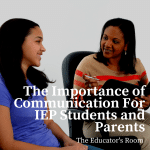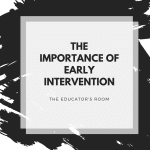Ahhhh…. The life of a kindergartener. These are, in my opinion, some of the most rewarding years to teach. These kids are full of wonderment about everything around them. Let’s look at the development of a typical five and six-year-old based on our five previously mentioned areas of child development:
Cognitive Development for Child Development :
- Follow words from left to right and from top to bottom on the printed page.
- Understand that printed materials provide information
- Recognize that sentences in print are made up of separate words
- Distinguish letters from words
- Identify and produce simple rhyming pairs
- Identify and count syllables in spoken words
- Generates temporary spelling using letters, particularly to represent initial and ending consonant sounds.
- Distinguish onset (beginning sound(s)) and rimes in one-syllable words
- Recognize ending sounds in spoken words
- Recognize the same sounds in different words
- Begin to blend phonemes to form a word
- Begin to segment phonemes of one-syllable words.
- Express thoughts and ideas about work and play.
- Think of new uses for familiar materials.
- Sort and group object into a set and explain verbally what the objects have in common (e.g., color, size, shape).
- Explain verbally and extend simple patterns
- Compare a group or set to another group, set, or numerical quantity and verbally explain which has more, less, or equivalent quantities.
- Pair and count objects using one-to-one correspondence (e.g., one napkin for each child at snack time).
- Can rote count to at least twenty and can say the alphabet by memory, but may not be able to recognize all numbers and letters visually
- Combine and remove objects from sets and verbally describe the result (e.g., adding objects to a set makes the set larger, subtracting objects from a set makes the set smaller).
- Identify, compare, and draw basic two-dimensional geometric shapes (e.g., circle, square, triangle, rectangle).
- Model and use words indicating the relative position or direction (e.g., students describe the relationships between self and objects in space using on, above, below, beside, under, on top of, behind, and over).
- Compare objects according to observable attributes (e.g., long, longer, longest; short, shorter, shortest; big, bigger, biggest; small, smaller, smallest; small, medium, large).
- Compare and order objects in graduated order (e.g., shortest to tallest, thinnest to thickest).
- Identify the days of the week and months of the year.
- Identifies coins (penny, nickel, dime, and quarter)
- Collects and analyzes information about objects and events in the environment.
- Create and verbally explain a data display or graph (e.g., real object graph, pictorial graphs).
- Observe, describe, sort, and classify objects according to their common properties (e.g., animals, plants, shells, rocks, buttons).
- Enjoys participation in simple experiments to discover information (e.g., bottles of water or homemade telephone to learn about vibration and sound, simple scale to determine heavy and light).
- Asks tons of questions, can make predictions, and communicate observations orally and/or in drawings
- Observe, describe, sort, and classify the sensory attributes of objects according to taste, smell, hearing, touch, and sight.
- Observe and describe daily weather and seasons(e.g., sunny, cloudy, rainy, snowy, windy, hot, warm, cold).
- Begin to develop an understanding of city/town, state, and country.
- Identify a map as a drawing of a particular location.
- Explore how children within the local community and around the world have needs in common (e.g., food, clothing, shelter).
- Explore how children within the local community and around the world are unique as to languages, food, clothing, transportation, and customs.
Social and Emotional Development:
- Describe the importance of individual responsibility (e.g., responsibility as a student, family member, or citizen).
- Work and play cooperatively in a variety of settings (e.g., in large and small groups, learning centers).
- Exhibit behavior that demonstrates an understanding of school and classroom guidelines (e.g., rules, routines, schedules, procedures).
- Listens with interest to stories read aloud
- Follows one- and two-step directions
- Show respect and consideration for others in verbal and physical communications
- Respond to visual messages by distinguishing between reality and fantasy in stories, videos, and television programs.
- Work independently and/or cooperatively to solve problems.
- Can independently choose a variety of materials and activities from learning centers.
- Select and complete a task while working at a learning center.
- Stay involved in a self-selected activity for approximately 15 to 20 minutes.
- Recognizes potential safety hazards and takes action to protect self (e.g., bicycle, water, fire, vehicle, firearm, bus, playground, pedestrian).
- Attends to personal tasks (e.g., dressing self, washing hands).
Speech and Language Development:
- State his/her full name, age, birthdate, address, telephone number, and name of parent or guardian.
- Share information and ideas by speaking in clear, complete, coherent sentences.
- Can coherently recite short poems, rhymes, and songs
- Develop and verbalize solutions to simple problems.
- Use new vocabulary and language in your own speech and writing.
- “Read” familiar texts emergently, not necessarily verbatim from the print alone
- Recognize some common words by sight, including but not limited to “a,” “the,” “I,” “you,” “my,” “I,” and “are.”
- Uses prereading skills (e.g., connecting prior knowledge to text, making predictions about text, and using picture clues)
- Retell, reenact, or dramatize a story read to the student or by the student.
- Make predictions and confirm after reading or listening to the text.
- Tell what is happening in a picture
- Distinguish between fiction and nonfiction.
- Place events in sequential order by telling the beginning, middle, and ending.
- Example: Read and retell a story orally or by illustrating the beginning, middle, and ending.
- Summarize the main points and events of a simple story.
- Recognize cause and effect relationships.
- Enjoys reading his or her own writing to the group, teacher and/or parent
Gross Motor Skills:
- Demonstrate basic locomotor movements (e.g., galloping, hopping, jumping, running, skipping, sliding).
- Demonstrate nonlocomotor movements (e.g., bending, pulling, pushing, stretching, swaying, swinging, turning, twisting).
- Combine various movement patterns to music, but not necessarily in time.
- Kicks a slowly rolling ball and is getting better at hand-eye-coordination with smaller objects (e.g., hitting a baseball off of a tee)
- Can balance on one foot for approximately five seconds.
- Walk and balance on a four-inch line or balance beam.
- Coordinate large arm movements (e.g., easel painting, woodworking, climbing, throwing, playing rhythm band instruments, writing on chalkboard, playing with blocks, catching, and tossing).
- Loves to run and play organized team games
Fine Motor Skills:
- Demonstrate increased control of hand and eye coordination while using pegs, beads, pattern blocks, crayons, pencils, paint brushes, finger paint, scissors, glue, and a variety of puzzles.
- Hold and use pencils, crayons, and markers using your thumb and two fingers.
- Demonstrates appropriate handwriting in the writing process
- Trace, copy and generate letters. Children may still be reversing some letters.
- Print his/her first and last name.
- Enjoys participation in frequent writing opportunities
- Examples: Modeled writing, shared writing, journal writing, and interactive writing.
- Spelling: Demonstrate the process of representing language by means of a writing system
- Likes to manipulate ‘little’ things, even though it may be challenging at first.
Check out Paula’s other articles on Child Development:
The Importance of Understanding Child Development
Child Development: Ages Three and Four
